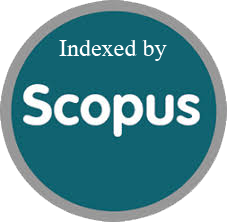OXIDATIVE STRESS: A CONDUIT FOR DEVELOPMENT OF REDOX REGULATION MECHANISMS IN ANIMALS
Abstract
Animal redox regulatory mechanisms emerge through oxidative stress. When ROS generation exceeds antioxidant defence mechanisms, this physiological condition occurs. ROS are natural byproducts of cellular metabolism and are required for cell signalling and homeostasis, but excessive ROS generation can damage biomolecules like lipids, proteins, and DNA.
To maintain cell integrity and function under oxidative stress, animals have developed complex redox control mechanisms. A complex network of antioxidant enzymes, including superoxide dismutase, catalase, and glutathione peroxidase, scavenges ROS and prevents their injury. Vitamins C and E, glutathione, and phytochemicals also protect cells from oxidative damage.
The activation of redox-sensitive signalling pathways by oxidative stress allows cells to adapt and respond appropriately. Redox signalling regulates cellular processes as proliferation, differentiation, apoptosis, and immunological responses, demonstrating the importance of oxidative stress in physiological regulation. Oxidative stress can damage cells but also help animals develop complex redox regulatory mechanisms. Understanding these pathways is essential for understanding the pathophysiology of oxidative stress-related disorders and discovering treatment targets to reduce oxidative damage and improve health and longevity.
Keywords: Antioxidant, Hydrogen Peroxide, NO, Oxidative stress, ROS, RCS






